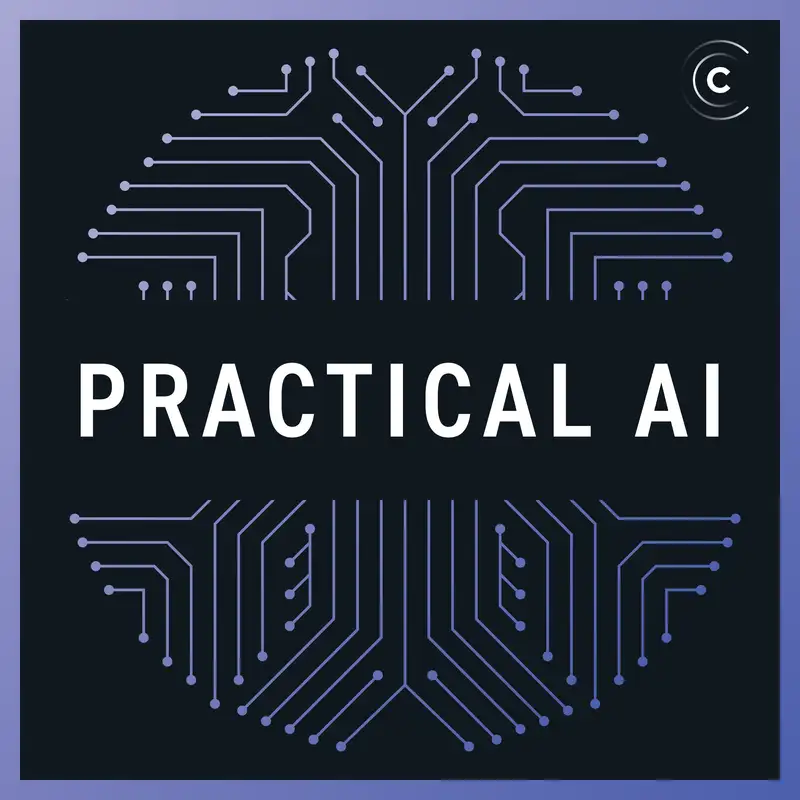Trends in data labeling
Any AI play that lacks an underlying data strategy is doomed to fail, and a big part of any data strategy is labeling. Michael, from Label Studio, joins us in this episode to discuss how the industry’s perception of data labeling is shifting. We cover open source tooling, validating labels, and integrating ML/AI models in the labeling loop.
Changelog++ members save 2 minutes on this episode because they made the ads disappear. Join today!
Sponsors:
- RudderStack – Smart customer data pipeline made for developers. RudderStack is the smart customer data pipeline. Connect your whole customer data stack. Warehouse-first, open source Segment alternative.
- SignalWire – Build what’s next in communications with video, voice, and messaging APIs powered by elastic cloud infrastructure. Try it today at signalwire.com and use code SHIPIT for $25 in developer credit.
- Fastly – Our bandwidth partner. Fastly powers fast, secure, and scalable digital experiences. Move beyond your content delivery network to their powerful edge cloud platform. Learn more at fastly.com
Featuring:
- Michael Malyuk – LinkedIn, X
- Chris Benson – Website, GitHub, LinkedIn, X
- Daniel Whitenack – Website, GitHub, X
Show Notes:
Something missing or broken? PRs welcome!
★ Support this podcast ★
Creators and Guests



